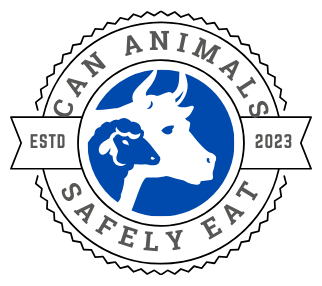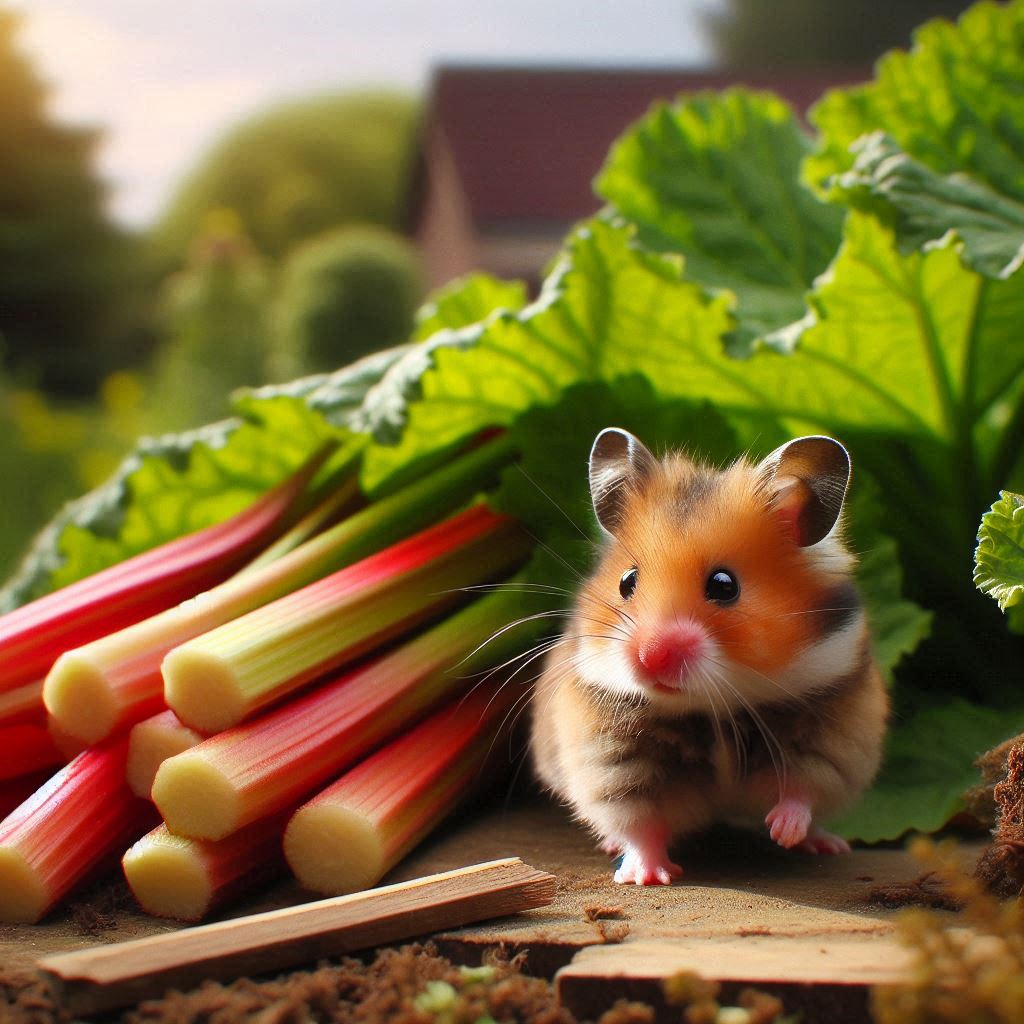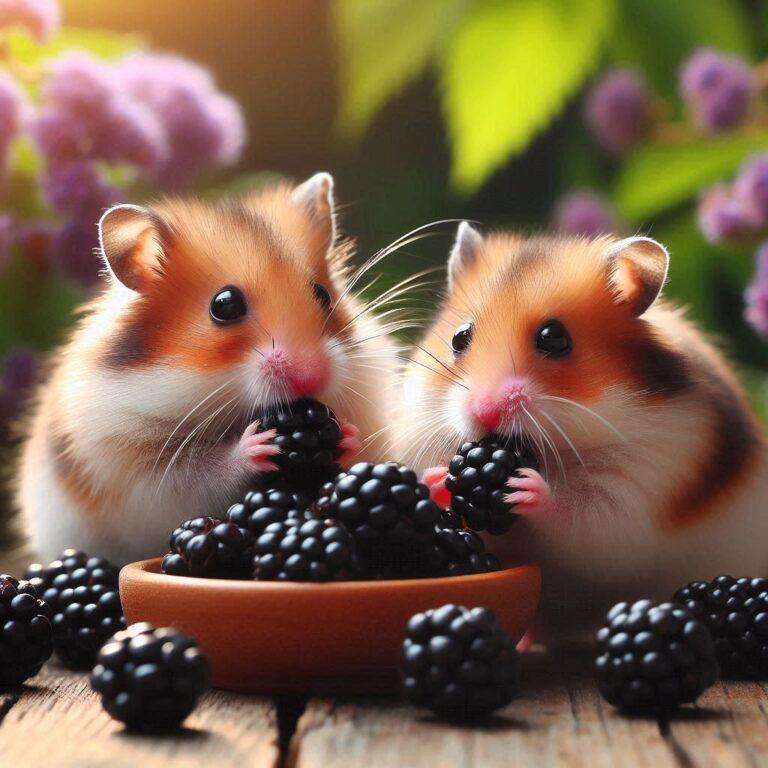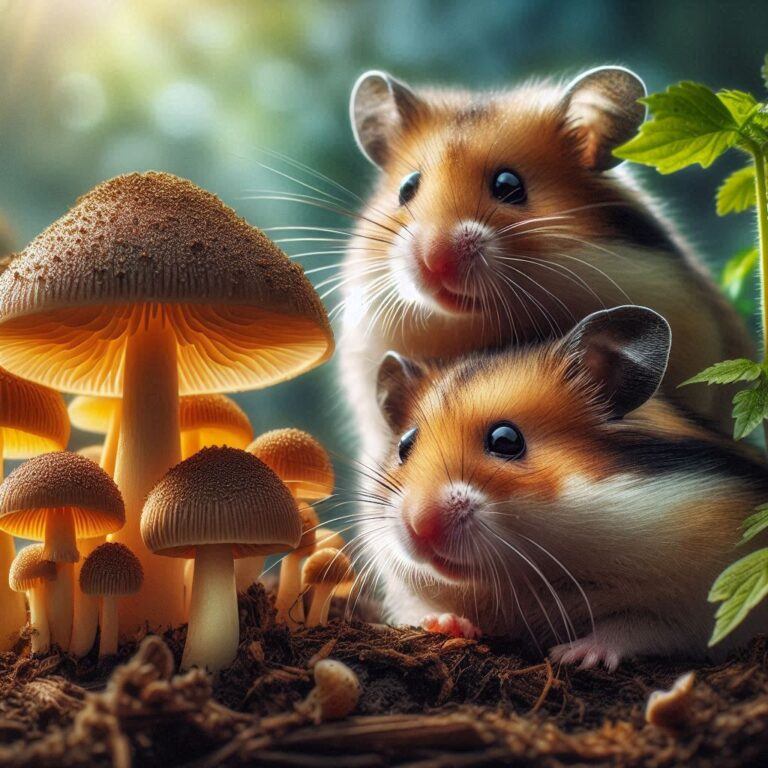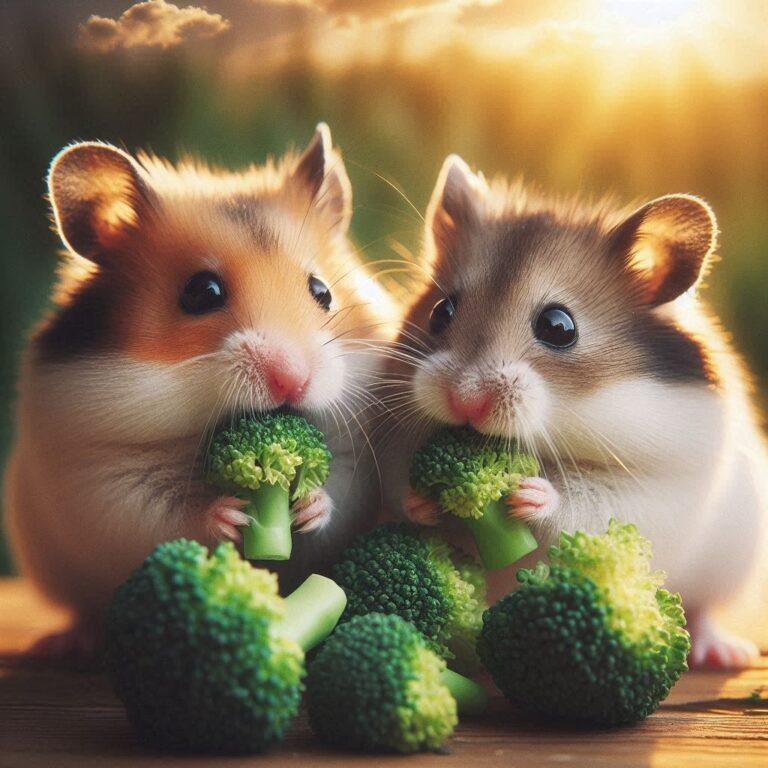Can Hamsters Safely Eat Rhubarb
Hamsters should not eat rhubarb. While not toxic, rhubarb can cause digestive issues like diarrhea and intestinal distress in hamsters due to its high oxalate and fiber content. The oxalates bind calcium which hamsters need, while the indigestible fiber overloads their delicate digestive system.
Even small amounts of rhubarb can potentially lead to health problems for our tiny pets.
Risks of Feeding Rhubarb to Hamsters
Rhubarb poses several specific risks if consumed by hamsters that owners need to be aware of. First and foremost are the high levels of oxalates found in rhubarb leaves and stalks.
Oxalates bind to calcium and other minerals, increasing the risk of calcium deficiency which can impair muscle, nerve, and bone function in hamsters.
Oxalates may also contribute to forming painful calcium-oxalate stones in the kidneys and bladder.
These can lead to urinary tract blockages, a potentially life-threatening issue for small hamsters. Even a small amount of rhubarb oxalates can be problematic over time.
The fibrous nature of rhubarb presents another concern. A hamster’s digestive system is not equipped to properly break down and pass the high levels of insoluble fiber found in rhubarb stalks and leaves.
This indigestible fiber can quickly lead to diarrhea, intestinal distress, blockages, and potentially severe dehydration in hamsters.
Touching rhubarb leaves can also cause skin irritation on hamsters’ sensitive feet, noses, and other areas due to the oxalate content.
Nibbling the tart, fibrous stalks may also irritate their mouths and digestive tracts.
If a hamster does ingest rhubarb, watch carefully for signs of intestinal distress like diarrhea, loss of appetite, restlessness, or bloating. Severe cases may require veterinary intervention with fluid therapy and medications to clear blockages.
Hamster Nutritional Needs
To understand why rhubarb is so problematic, it’s important to look at the specific nutritional requirements for these small pets. Hamsters are omnivores, requiring a balanced diet of:
Protein from seeds, grains, and small amounts of cooked eggs or chicken. This provides vital amino acids.
Vitamin and mineral fortification from commercially produced hamster foods and limited fresh vegetables like broccoli, carrot, or bell pepper.
Calcium from eggshell or calcium supplements is crucial for muscle function, nerve signaling, and bone development.
Ample fresh water for proper hydration, as hamsters are prone to dehydration. A daily supply is essential.
Unlike humans, a hamster’s diet must be precisely balanced in appropriate ratios for their size and physiology. Rhubarb does not fit into these nutritional needs. The high oxalate and fiber levels create more health risks than benefits for hamsters.
Safe Vegetable Alternatives
If you want to provide fresh veggie treats and enrichment, stick to small amounts of safe options like:
- Carrot
- Broccoli
- Bell pepper
- Tiny portions of leafy greens like romaine or green leaf lettuce
Avoid any vegetables high in oxalates, excess fiber, or sugars that could trigger digestive issues. Rhubarb definitely falls into this category and should never be fed to hamsters, even in limited amounts.
Their main diet should always consist of an unlimited supply of fresh water and an appropriate protein/vitamin-fortified hamster pellets from a reputable brand.
By following these guidelines, owners can ensure their hamster’s nutritional needs are met without putting their small friends at risk. Straying too far from an approved, balanced diet can quickly lead to health problems.
When it comes to rhubarb for hamsters, the risks simply outweigh any perceived benefits. Its high oxalate, fiber, and potential for intestinal irritation make rhubarb off-limits for these tiny pets.
Stick to providing safe, fresh vegetable options in moderation as occasional healthy treats instead.
